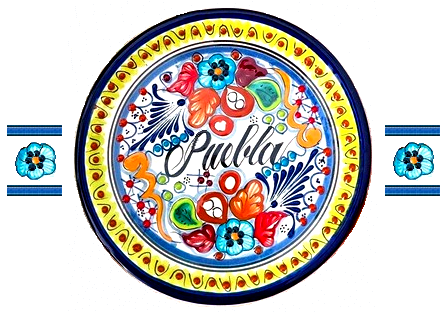
() introduction ()
puebla is located east of mexico, the capital city, in a mountainous area, and is, with 6.5 mio residents, the country's 4th-largest city.

it is the seat of the puebla municipality. to its west are the two highest mountains, the volcanos
iztaccíhuatl and popocatepetl.
the city also excels in industry (hosting the world's largest volkswagen factory outside germany) and handicraft.
furthermore, puebla has several prestigious universities.
() puebla's history ()
brief list of main events:
// 1531 puebla founded by 2 bishops (after spain had conquered the aztec empire)
// 1542 first school
// 1680 population reaches 70000
// 1690 cathedral completed
// 1827 first newspaper
// 1847...siege of puebla by usa
// 1867 mexico gets hold of puebla
// 1897 railway station
// 1910 population reaches 100 000
// 1937 university founded
// 1987 historic downtown area with special houses becomes unesco world heritage site
// 2010 population 1.5 mio
// 2017 earthquake hits puebla
() buildings of puebla ()
>>> history architecture
at the western area of puebla was once the city cholula, a large maya city, founded in the 2nd century bc. it was a key religious center of ancient mexico, until around 700 dc. its largest building was a quasi-pyramid structure, 120m long and 54m high, many parts of which have survived.
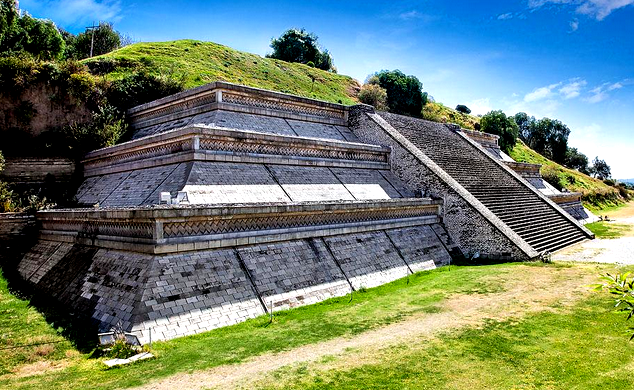
after its foundation, puebla soon became a major military venue, remnants of which can still be seen in the city center, like fort loreto.
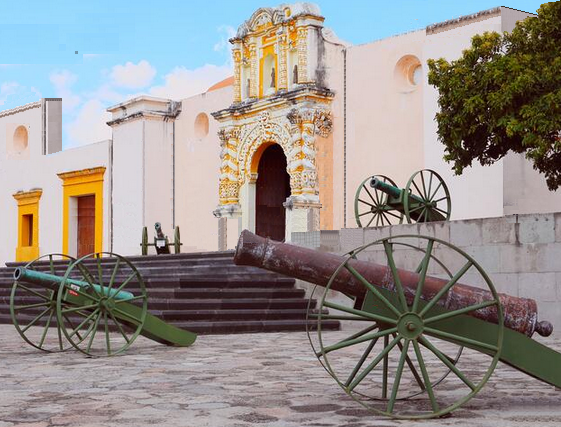
>>> core city buildings
these are puebla's cathedral (early architecture, 17th century) and many more churches built more recently yet mostly during the spanish period.
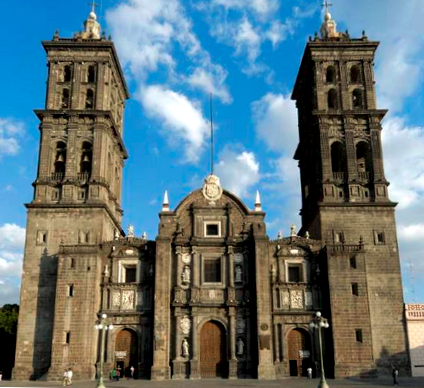
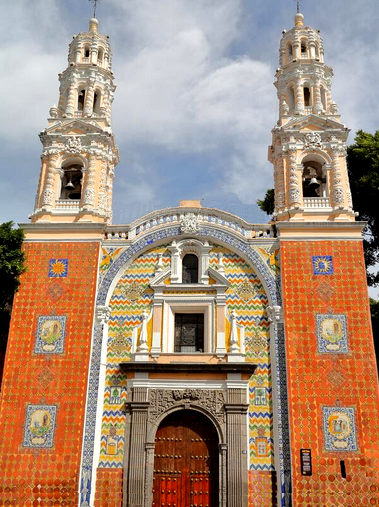

several churches have a very rich inside architecture, far more elaborate than its outside architecture - above all the rosary chapel inside the church of santo domingo.and of course puebla's big cathedral.

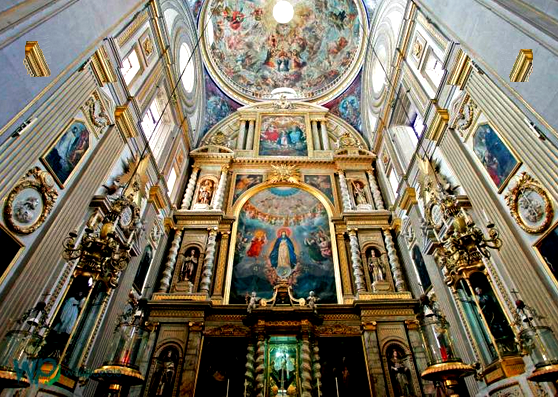
a very different feature, yet truly impressive as well, are the many colorfully painted houses in the old areas of puebla.
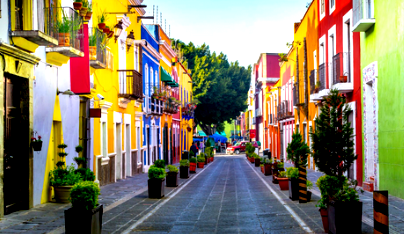
>>> modern art
yes puebla seems to be a 'temple' for grand medieval art, especially in its churches, yet modern artbhas come to life as well - here is just one example.
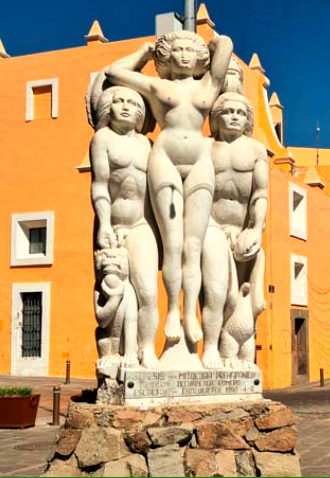
>>> shopping
well that's almost a full-time job in puebla, given its thousands of shops for everything, which often form cute areas.
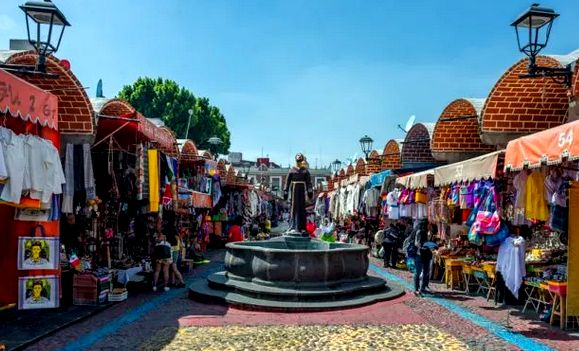
what is the "number one" target, especially for the countless tourist? this is the unique pottery. any kind of cups and plates, usually in blue colour, are a main item. but weird butterflies as well.
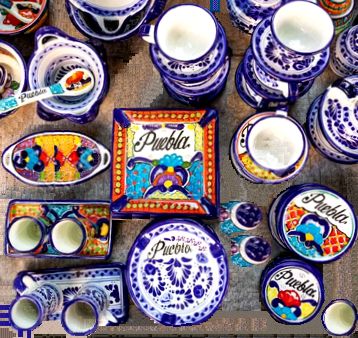
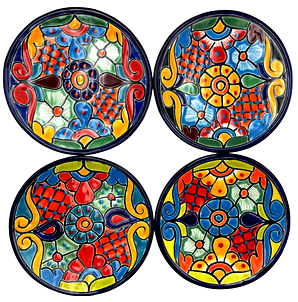
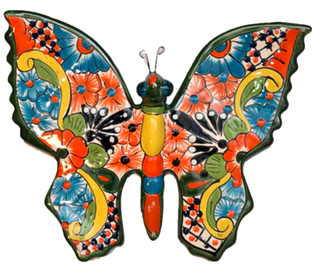

and even all sorts of 'arty' spoons are made - here are seven examples.
>>> mexican food
indeed, mexico is known for its rich food culture, anything from solid to elegant, and never 'vegan' anyway. here are two examples from puebla.


>>> library
the biblioteca palafoxiana was established in 1646. it's the oldest library in america, and still well alive. it was included into puebla's world heritage site.
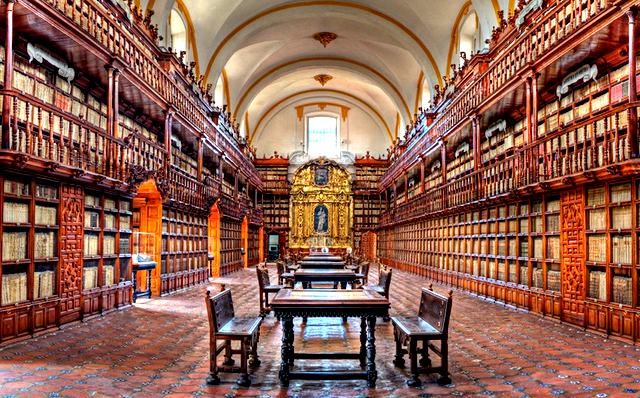
() people of puebla ()
the population of this city is a mixture of indigenous and spanish history. what's most impressive in puebla - the stunning dress codes, for both women and men. first two pictures: couples.
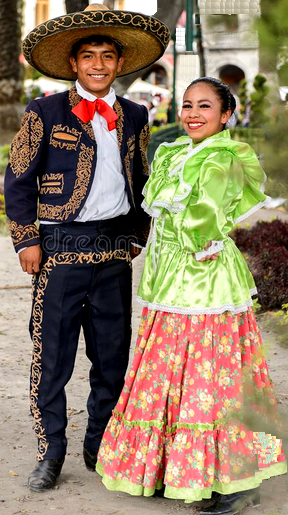
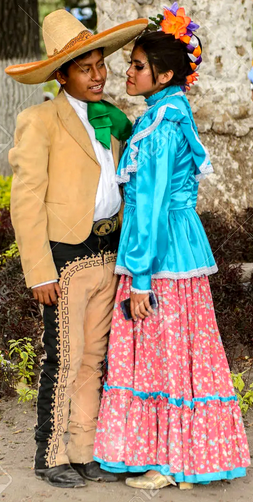
almost all women wear beautiful dresses.
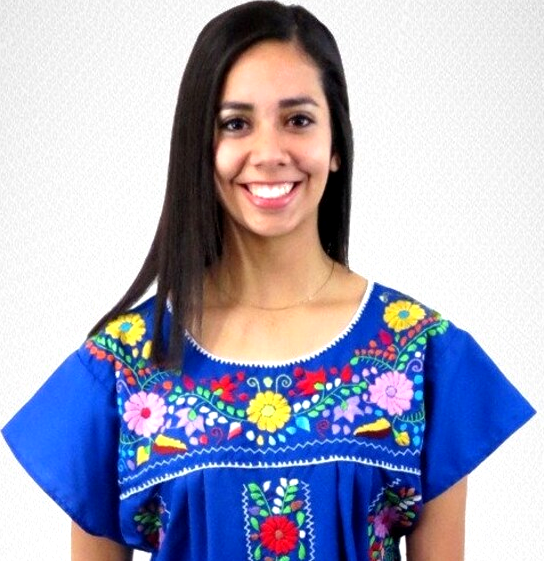


the real sensation: how large the frock (lower part of the dress) is, and what you can do with it, to let it swing immensely.
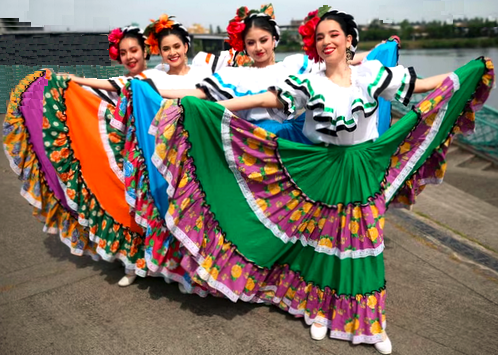
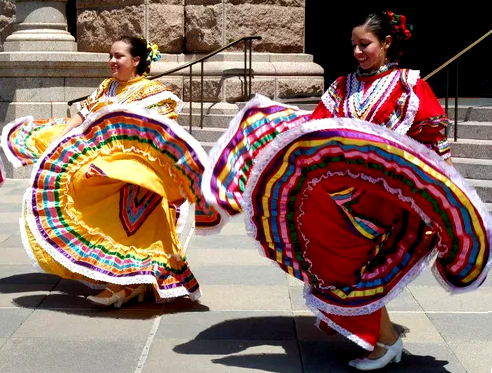
here are two dancing couples - very impressive indeed!
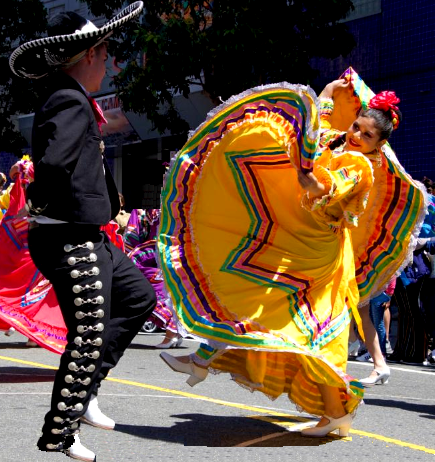
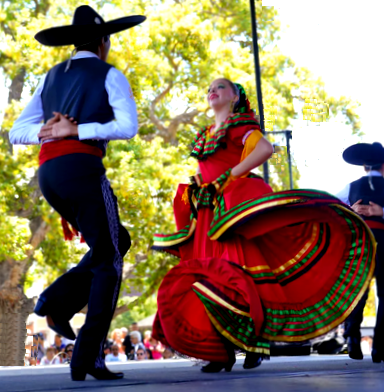
finally, the dress of men - always very elaborate. crucial is the hat, a sombrero: it is large and colourful and still widely in use.
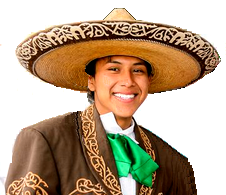
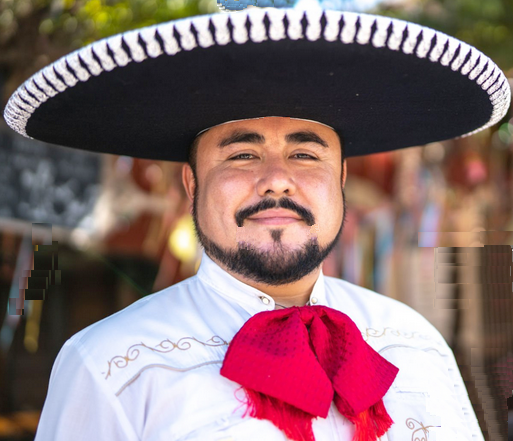
() music ()
mexico contributes to music styles as much as other countries in north and meso and south america. this can be heard and seen (!) in puebla as well.
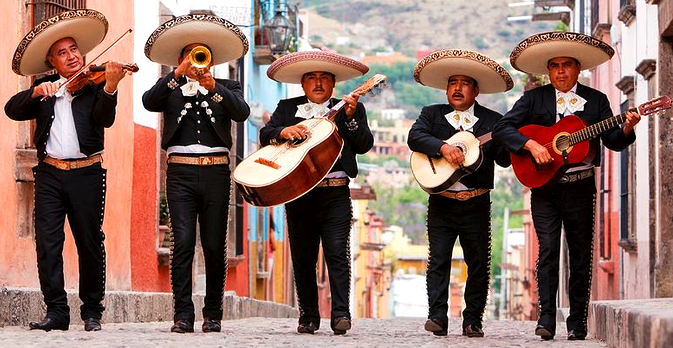
music groups are always well dressed, including a mighty sombrero. there are many single musicians as well, for about every instrument.
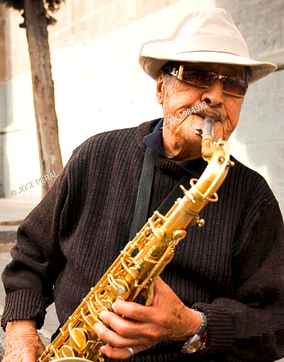
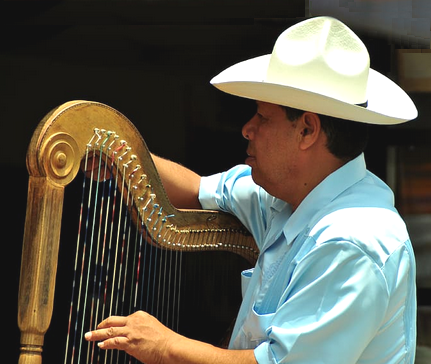
() a nearby mountain ()
when visiting puebla, one can see the very high mountain popocatépetl, 5452m, nearby in the west. this mountain is a volcano with a large crater - dormant in 1984 though. the peak of the popocatépetl is covered by snow.
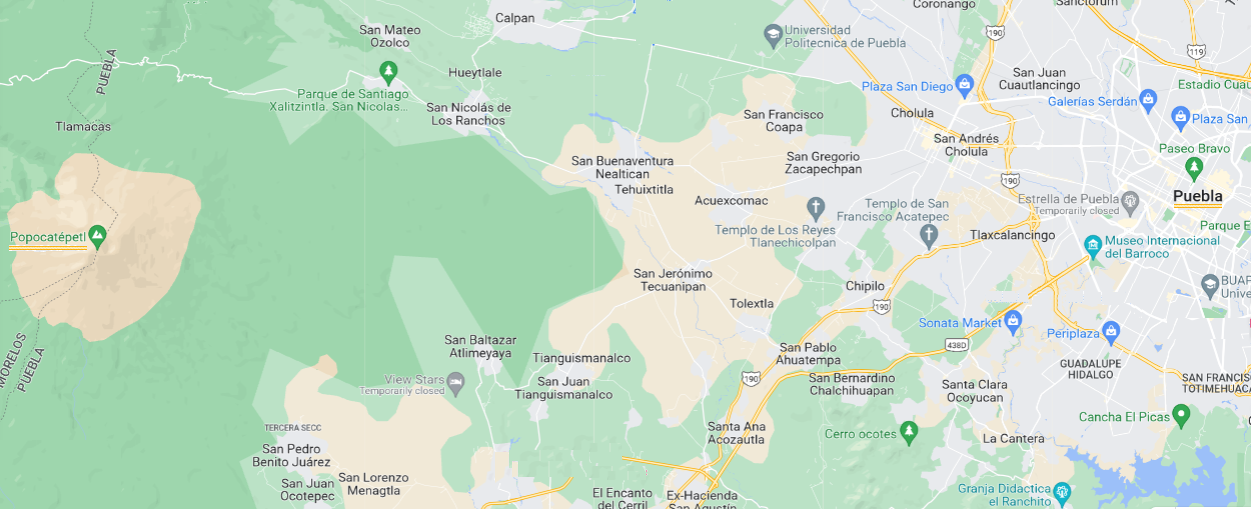
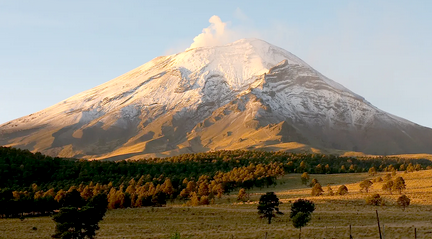
here is a personal story:
to climb on this mountain, meaning, to reach the rim of the crater, was one of my aims when visiting mexico in 1984, together with my partner. this was before climbing it got forbidden in 1991, because of eruptions.
first step was to reach the highest available accommodation at the mountain, by taxi, at that time at 3500 (?) m. here one had to stay the night before the actual climb next morning.
climbing was done by groups. and the necessary equipment included a warm dress and climbing shoes.
during that eve, my partner felt unwell, same next morning. i waited for half an hour, then she said that she is almost ill - so decided to go on my own. trouble: there was no group left anymore for joining it.
i had almost reached the crater rim, at about 5200m or 5300m height, now stepping through harsh snow, when i realized that i had to stop the climb because of lack of time - damned - and turn back.
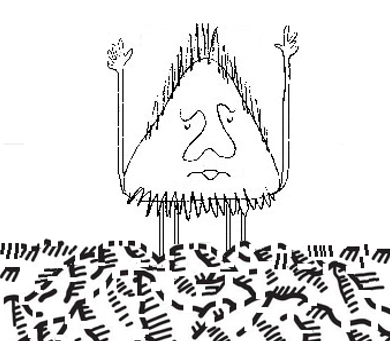
and then, half-way down, i lost my track - damneddamned - namely my own walking marks in the snow. i stood there, pondering about what to do now, when i noticed a nearby group of downway hikers.
i rushed over, reached them, just, and asked for being accepted for the joint walking - lucky me, i got a 'yes'. i could not hold their speed, but meanwhile the right track was sufficiently visible, and i finally reached the accommodation, very relieved that i had survived, and in good mood now!
() cheers ()
at the end of this essay about puebla, i just want to state how exciting it was to explore this stunning place during my mexican voyage.
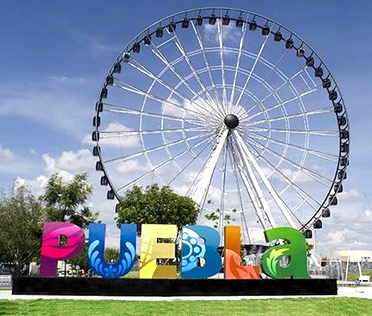
given how unusual puebla is, how enormous the role of peoples's dresses is, and how fabulous the dancing culture always was and still is - this city for sure deserves a visit!
